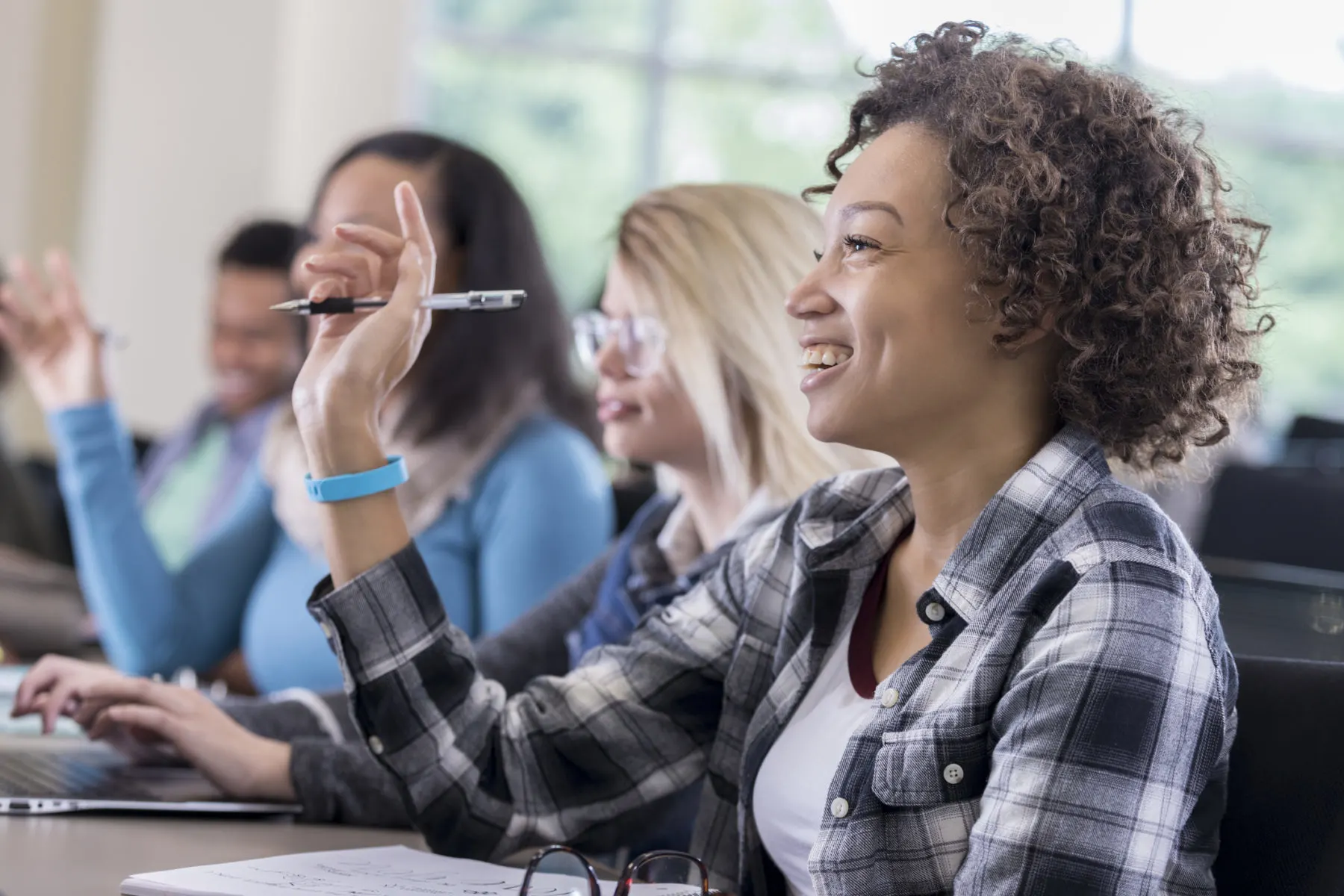How to Build Learning Opportunities for Disabled Students: The Set of the Most Needful Steps
Luckily, today everyone can get education, no matter of race, gender, and even disabilities. In other words, anyone can be included in the educational process.
However, creating an inclusive learning environment is not that easy, as it involves expanding flexibility and eliminating various biases. Still, it can confidently be said that creating learning conditions where everyone, of any age, gender, race, or disability would be able to effectively get knowledge, is worth the effort of any level of difficulty!
Having read this article, all your possible doubts in creating such learning conditions will most likely dissolve. So, keep reading, and you can start organizing the most welcoming space for your learners right away!
1. Set good communication with your students
It’s not possible to teach in a quality manner anyone who differs from others unless you set trust-based relations, everything starts with getting to know one another. Ask your students to tell you about themselves, share their experience in certain fields you touch in your classes.
And sure thing, ask and remember by heart their names. Also, make sure your students communicate with others as individualities and not representatives of certain social groups or classes because the latter can cause conflicts between your students.
As a teacher, be always patient with your students: always allow them to speak their opinions in full, even if their views can seem unsuitable.
2. Construct appropriate curriculum
While teaching students with special needs, a curriculum that is appropriately constituted is crucial. First, pay attention to the resources you use. They should be not just ordinary average coursebooks but materials that would reflect situations from the current lives of your students.
You should also be especially considerate in choosing illustrations for your materials: don’t use pictures that reflect stereotypes on the human body.
Speaking generally about improving learning conditions for disabled students, it’s advisable to apply the Universal design for learning (UDL) strategy. Its tactic helps to accomplish the task of advancing the learning conditions of physically restrained students in a professional manner.
If you choose this topic for an essay but don’t have enough time to prepare the work on your own, refer to the expository paper writing service, and you’ll definitely get a good mark!
3. Establish understandable rules
To avoid as many unnecessary misunderstandings as possible, you should make understandable rules of participation in discussions and lessons for everyone. So that your students know which of them and when can speak. Still, despite any restrictions, they should feel safe and confident when they want to ask questions and in case they happen to make mistakes.
So, the rules in your class should stimulate students’ mutual respect and respect for each other’s opinions. But they should not disclaim the main rule of learning — to learn, or in other words, to make no bones of making mistakes and asking questions!
4. Cut out hidden biases where possible
Stereotypes and biases restrain freedom of expression and intellectual curiosity in students with disabilities more than anything else. And those biases can seem so ordinary and normal that they construct our day-to-day language, can be mounted into scenarios of films we watch every day, pictures in journals and magazines we regularly read, etc.
Sure thing, students with special needs had to get accustomed to all those stereotypes and learned to filter those out of their attention. And still, if you teach such students, it is very much desirable to eliminate materials and illustrations that contain those stereotypes where it’s possible.
As a result, your students will most likely feel more inner freedom and become more open to the new knowledge.
There was a lot of scientific research on this topic, and you can choose one of them for your descriptive research paper.
5. Employ various teaching methods
Educating students with disabilities is of some particularities. And ordinary teaching methods may appear to be not suitable for students with impairments. That is why it is better to combine traditional techniques with alternative ones. The so-called “competitive learning environment” can even be scary for students that stand out from the crowd.
When you work with students with special needs and want your work to bring tangible results, you need to look at their situation and adjust teaching to their needs.
It can be assumed that disabled students show better results when they are taught with the help of a collaborative style of teaching. Or, in other words, when a teacher uses activities in small groups that stimulate participation in them.
It’s also very advisable to give students the opportunity to demonstrate their understanding of the learning material in many ways. For example, together with visual presentations, you can also allow students to make audio ones. This will be especially helpful for students with bad sight.
Short summary
The opportunity to teach anyone is today’s indisputable benefit. But an inclusive learning environment is not given by default, so if you want to effectively teach students with special needs, you should put some effort. Still, these efforts are accomplishable and worth working on.
In simple words, efficient education of students with special needs is possible when you establish good communication, understandable rules of interaction, and try to keep away from stereotypes and biases as much as possible.

